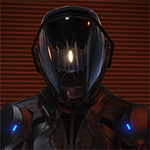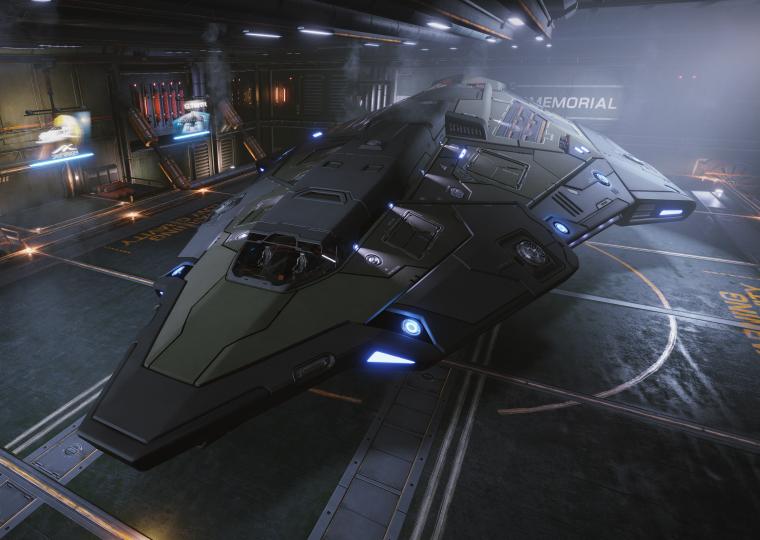CMDR SilverHawk7 profile > Logbook

(Python)

I've set down upon a moon orbiting Flyua Dryoae DG-M D8-32 1, a dark blue gas giant. This marks the end of the second day of my trip and the end of the first leg. I am just under 2,500 lightyears from home. From here, I will turn galactic south-east and pass through the Vela Ridge and make for the Perseus Transit. I expect the next leg to take two to three days. Supplies are holding up, though I'm at 92% hull integrity from a rocky landing and an emergency drop from supercruise while refueling. I've discovered several new systems along the way, including a water world and an Earth-like planet, my first.
I've set down on Col 173 Sector HL-O b22-4 2 b for the night. I've traveled 1,037 light years from Deciat, 1,138 from home. My computer tells me I'm about halfway to my first waypoint. Along the way, I've stopped for some resources to boost the FSD and maintain the AFMU. The most interesting thing I've seen thus far has been a pair of yellow stars orbiting a barycenter between each other, while the pair orbited a blue-white star a few lightminutes away.
I'm about to embark on a journey to the Perseus Transit. My goal is the Ostium Tenebrous, by way of a Gas Earth in the Vela Molecular Ridge, breaking southeast to Marta's Pulsar, before making for the Gludge Planetary Nebula. From there, I will proceed to the Perseus Null Sector, to The Dancing Dwarves, the Hyon Cluster, then to Ostium Tenebrous. From there, I intend to make toward the tip of the Transit, before turning back to the Bubble via Atlantis and NGC 2792 in the Spur Shallows.
This will be my first long-term expedition, in preparation for Distant Worlds 2 later this year. My Diamondback Explorer, 0VU-DW Infinite Stratos, has just completed FSD, scanner, and sensor modifications at Deciat and will deploy soon.
